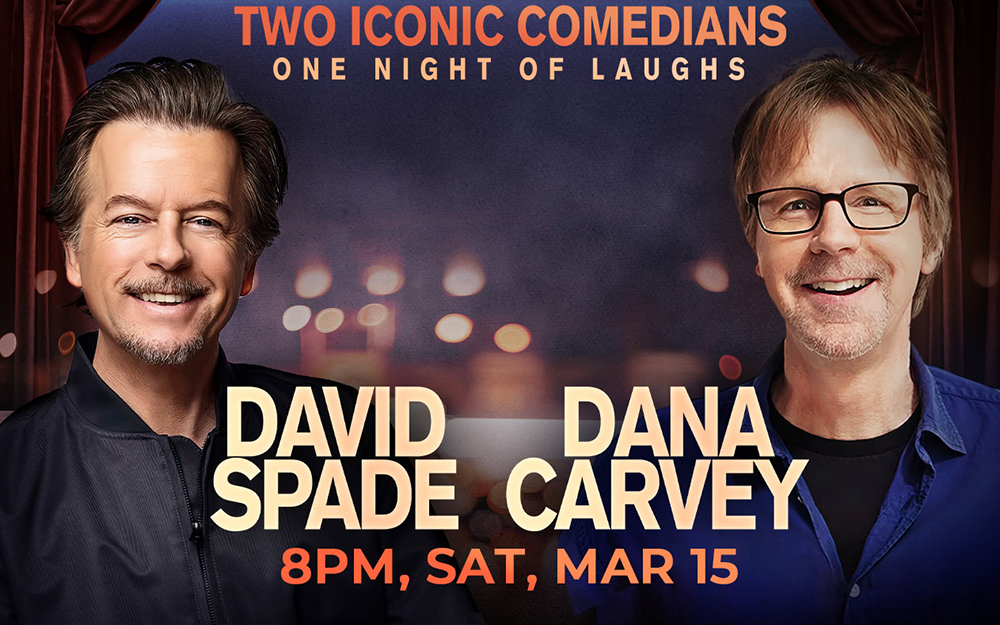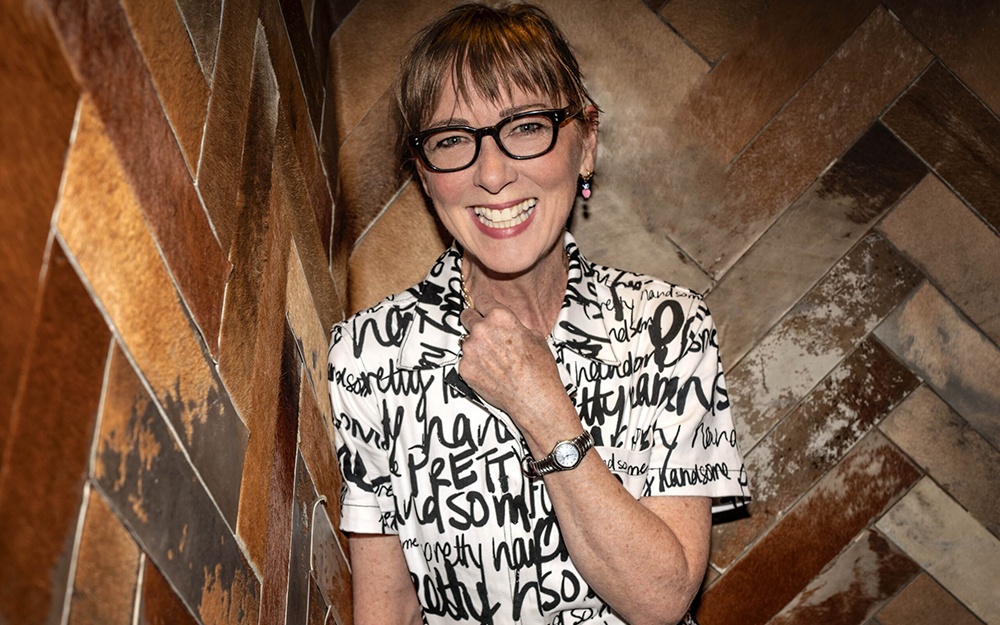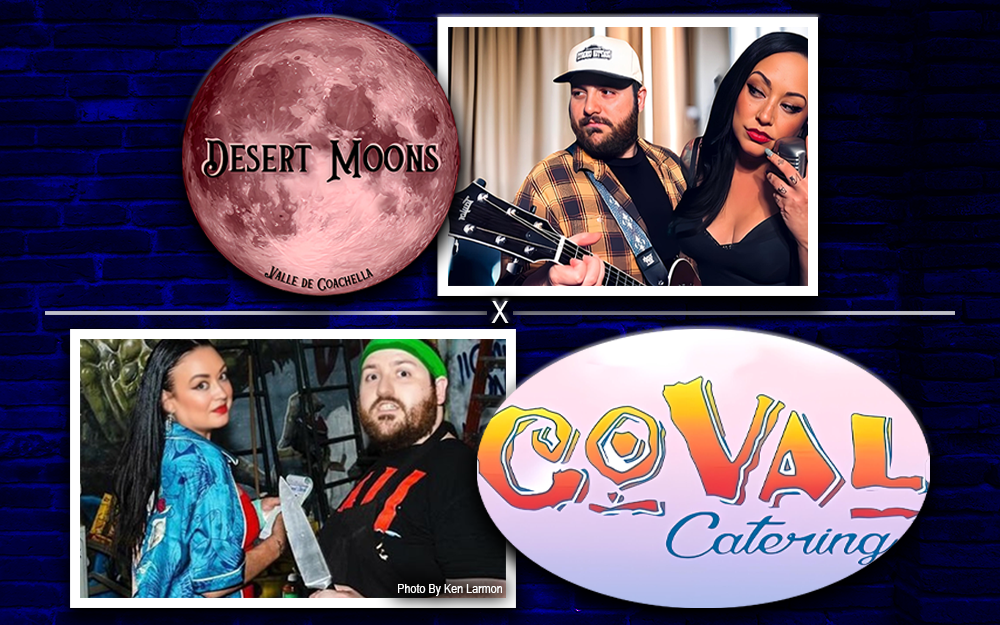By Heidi Simmons
—–
The Paris Wife
By Paula McLain
Fiction
—–
In last week’s column, American author F. Scott Fitzgerald’s wife, Zelda, was the subject and voice of three new novels. She was indeed Scott’s muse, his source of inspiration, and quite possibly the creative force behind his literary talent. These works of creative non-fiction or historical fiction seem to be a popular trend in publishing.
The Paris Wife by Paula McLain (Random House, 352 pages) is the story of Hadley Richardson and her marriage with literary giant and American icon, Ernest Hemingway. This fictional narrative begins in 1920. At 29 years old, Hadley is a lonely spinster living in her younger sister’s guesthouse, when she travels to Chicago to visit a friend. It is there that she meets the 21 year-old Ernest, who is a struggling poet and journalist.
Hadley is quickly warned of his moodiness, drinking and womanizing but the two are drawn to each other. Ernest enjoys her honesty and she finds his enthusiasm for life appealing. After a short romance, they get married and begin their life together in Paris with the help of her trust fund income and an inheritance.
With a letter of introduction from famed author Sherwood Anderson, the Hemingways quickly meet Ernest’s mentor Gertrude Stein and her partner Alice B. Toklas. The two show the newlyweds around and introduce them to other artists and writers including the Fitzgeralds. In his book The Sun also Rises, Hemingway called this group of expatriates the “Lost Generation — referring to the generation that came of age during World War I.
Hadley and Ernest travel around Europe taking little adventures and Hemingway begins to find his literary voice. But as the couple acclimates to Paris and the creative and intellectual fellowship, their relationship falls apart.
If you know nothing about Ernest Hemingway’s life or his works, The Paris Wife is a beautiful but sad romance novel. It’s a woman who desperately loves and believes in her husband but loses him and herself in an indulgent, decadent and destructive lifestyle. A love doomed to fail from the start.
For those who are Hemingway fans, it is easy to get caught up with all the familiar details and facts that surrounded his life. However, in many ways the known minutia becomes distracting rather than engaging. Although we are familiar with the actual events of his life, Hadley’s telling and revelations seem empty and meaningless. It is as if the author put together an outline, filled it with every thing she knew about both Ernest and Hadley in chronological order and then filled in a first person narrative. The historical and literary figures we recognize drift in and out without much impact.
The book is readable, has charm and there is a sweetness in the prose likely stemming from the author’s own awe of the subject. Not surprisingly, the reader learns that much of what Hemingway wrote, came from his personal experiences with his wife while living in Europe. In this fictional version, it’s kind of fun to live with them as the recognizable events that ended up in Hemingway’s work unfold, but it lacks psychological insight and emotional depth. When it comes to understanding these phenomenal and larger than life personalities, we haven’t really learned anything new or the things that truly inspired them.
The wife’s perspective, fiction or non-fiction, is a great opportunity to explore the lesser or unknown side of a famous character. It is the spouse’s intimate knowledge of the private person that we hope will reveal something new. To understand the vulnerabilities, demons and or strengths, to see how it influenced their public persona and work — this is what we want to discover within the narrative. In The Paris Wife, author McLain gives the reader a superfluous romantic vision of Ernest and Hadley’s relationship rather than a truly insightful characterization of the iconic literary genius. But perhaps that is her perspective if not her purpose.









































